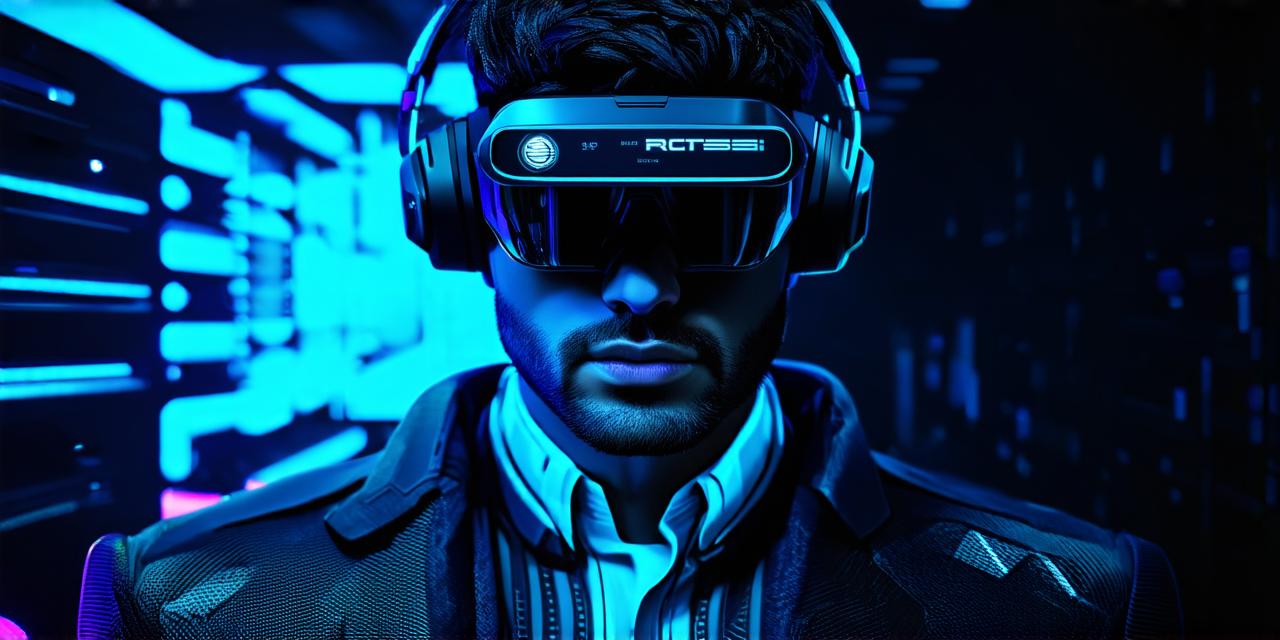Virtual reality (VR) is an immersive technology that simulates a 3D environment in which users can interact with digital objects and experience the world as if they were really there. The term “virtual” refers to the fact that this environment is not real, but rather a computer-generated simulation of the real world or a completely fictional one. Virtual reality has been around for several decades, but it’s only in the last few years that it’s become mainstream and affordable enough for everyday use.
Definition of Virtual Reality
Virtual reality is often described as a “computer-generated dream world” in which users can interact with digital objects and experience the world as if they were really there. It involves wearing a headset or other device that tracks the user’s movements and provides a 360-degree view of a virtual environment. This immersive experience can be so realistic that it’s sometimes difficult to tell what’s real and what’s not.
Types of Virtual Reality
There are several types of virtual reality, including:
- Room Scale VR
- Desktop VR
- Mobile VR
- Augmented Reality (AR)
- Mixed Reality (MR)
Virtual Reality Applications
Virtual reality has a wide range of applications across various industries, including:
- Gaming
- Training and Education
- Tourism
- Real Estate
- Mental Health Therapy
Potential Future Developments of Virtual Reality
As virtual reality technology continues to advance, we can expect to see even more innovative uses and applications across various industries. Some potential future developments include:
- Haptic Feedback
- Eye Tracking
- Social VR
- Brain-Computer Interfaces
- Integration with Other Technologies
Frequently Asked Questions About Virtual Reality
1. What is the difference between virtual reality and augmented reality?
Virtual reality involves immersing the user in a completely artificial environment, while augmented reality involves overlaying digital information onto the real world.
1. Is virtual reality safe for my health?
Virtual reality is generally considered safe for most people, although some people may experience motion sickness or discomfort when using VR headsets. It’s important to follow the manufacturer’s guidelines and recommendations for using VR equipment safely and responsibly.
1. Can virtual reality be used for therapy?
Yes, virtual reality can be used in mental health therapy to simulate real-life situations that trigger anxiety or phobias, allowing patients to confront their fears in a safe and controlled environment. Virtual reality can also be used for rehabilitation purposes, such as helping people with physical injuries regain mobility and strength.
1. Can I use virtual reality for education purposes if I don’t have access to specialized equipment?
While virtual reality technology requires specialized equipment such as headsets and controllers, there are also many educational resources available online that can be accessed through a computer or mobile device. These resources include virtual field trips, digital simulations, and interactive lessons that can help students learn in a fun and engaging way.
Conclusion
Virtual reality is an exciting technology with numerous applications across various industries. As it continues to evolve and become more widely available, we can expect to see even more innovative uses and developments in the future. Whether you’re a gamer, a professional, or just someone who enjoys exploring new things, virtual reality is worth checking out to see what it has to offer.
